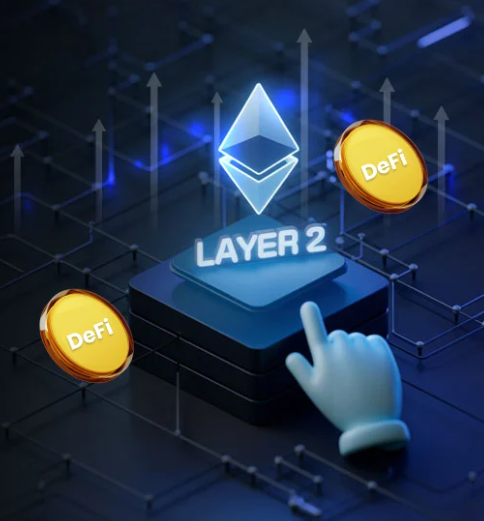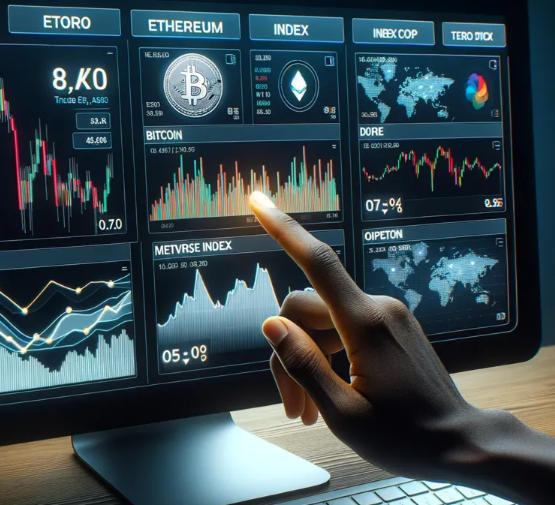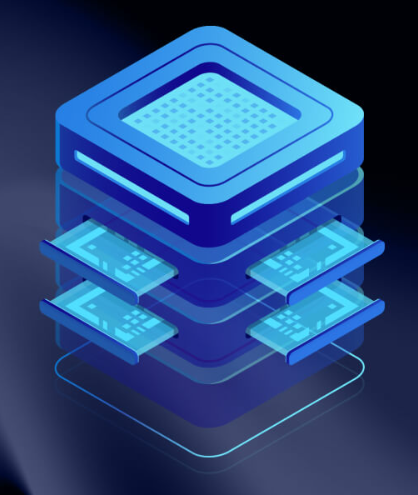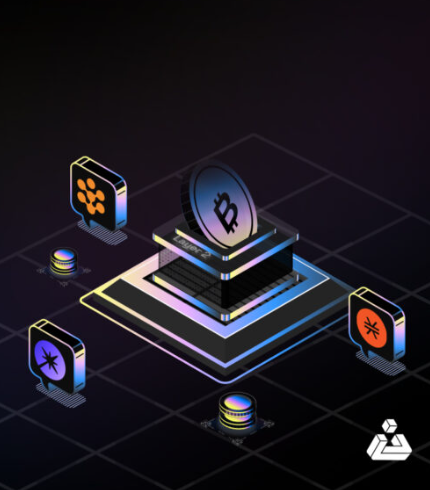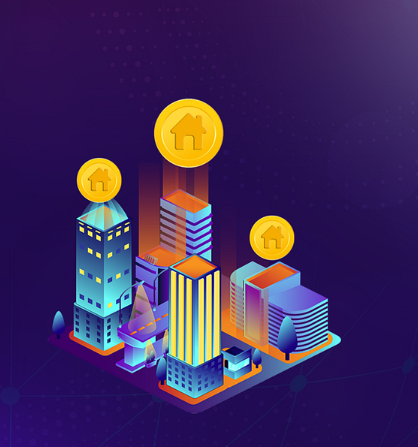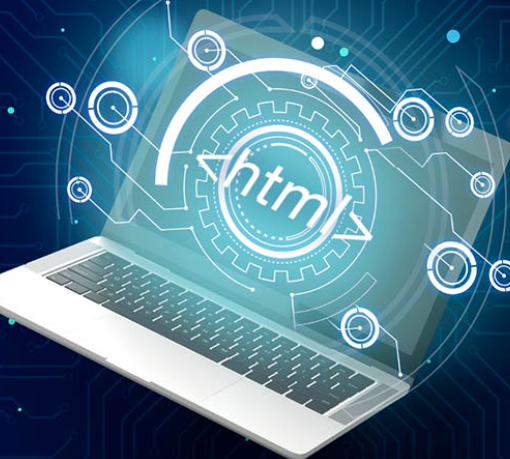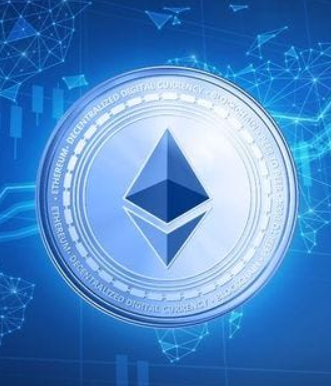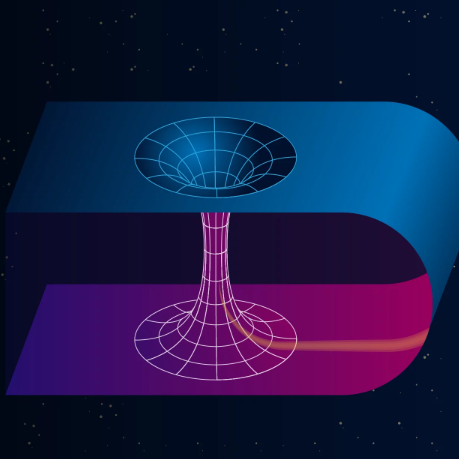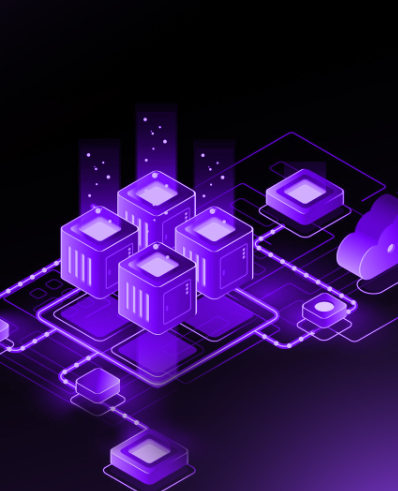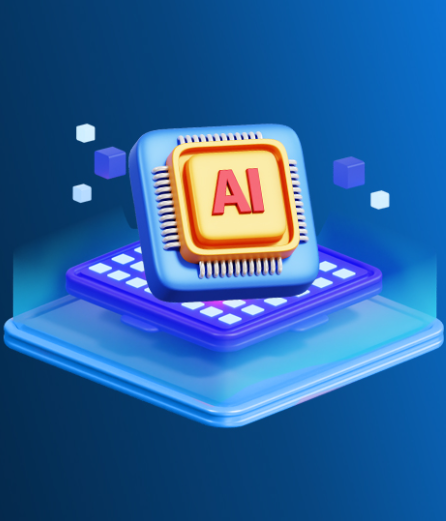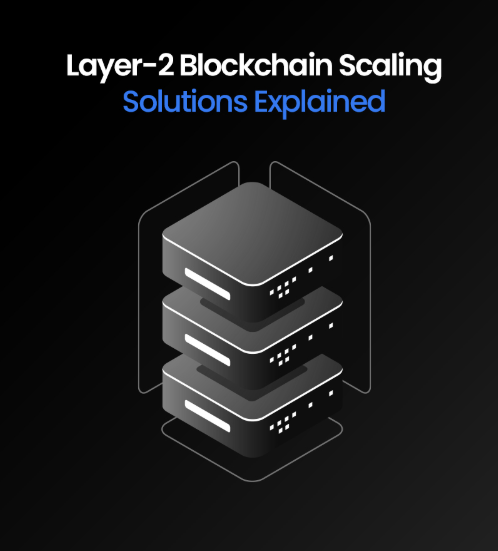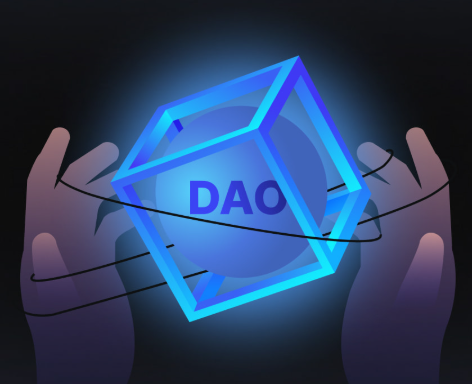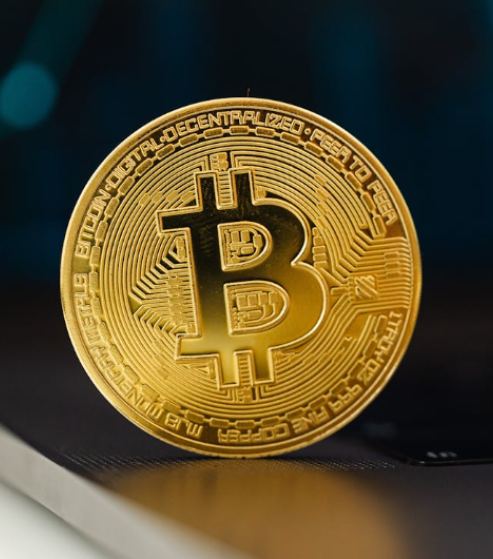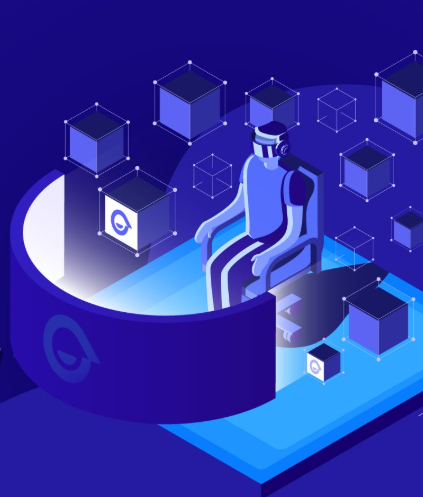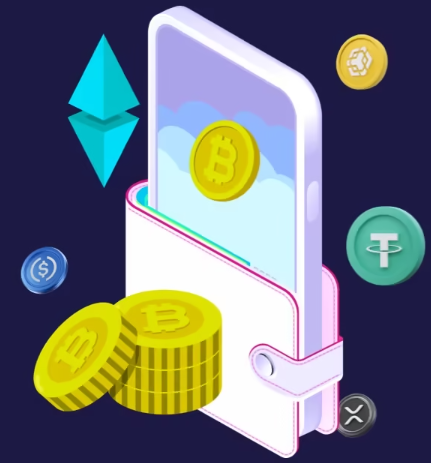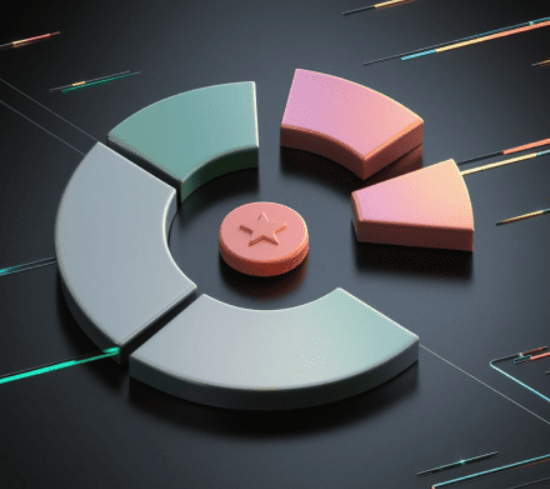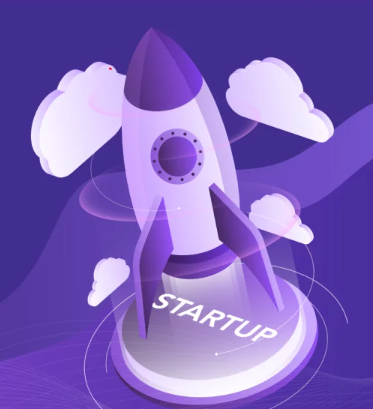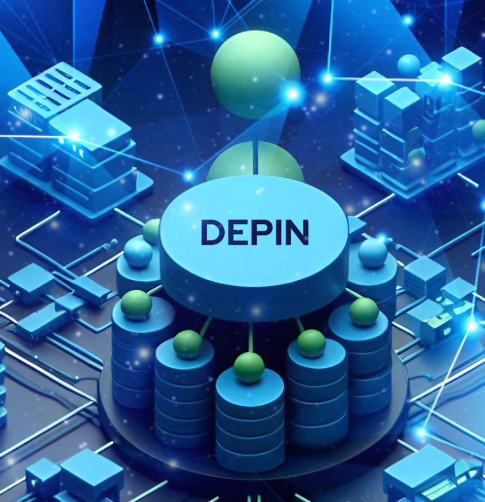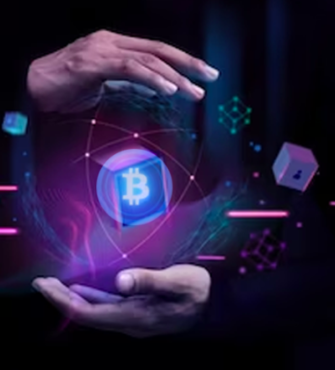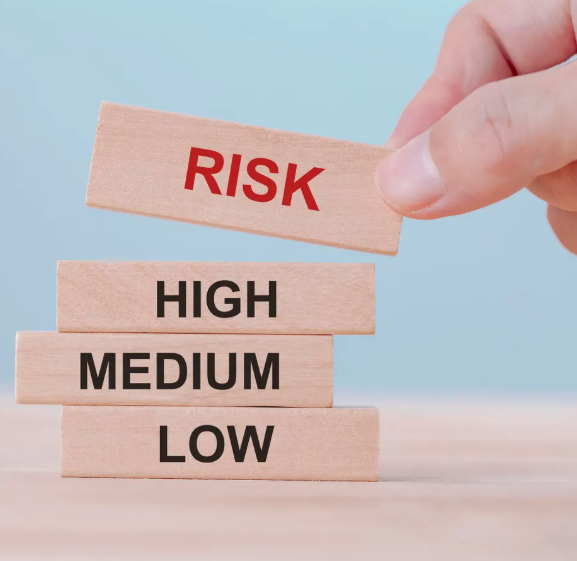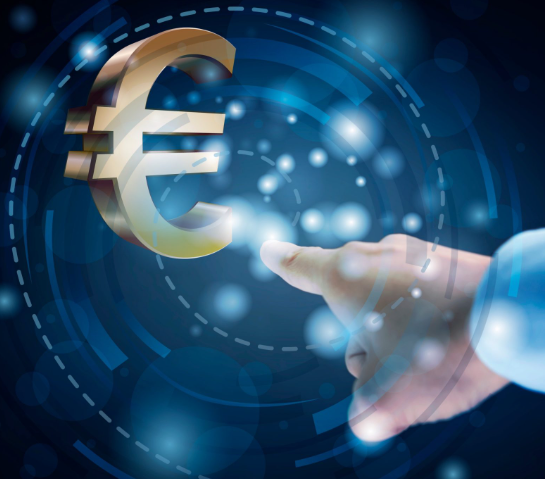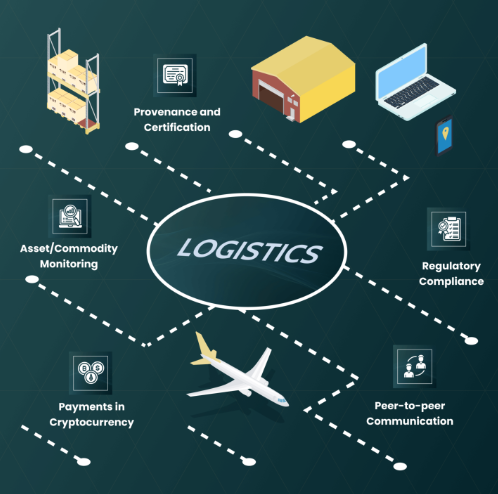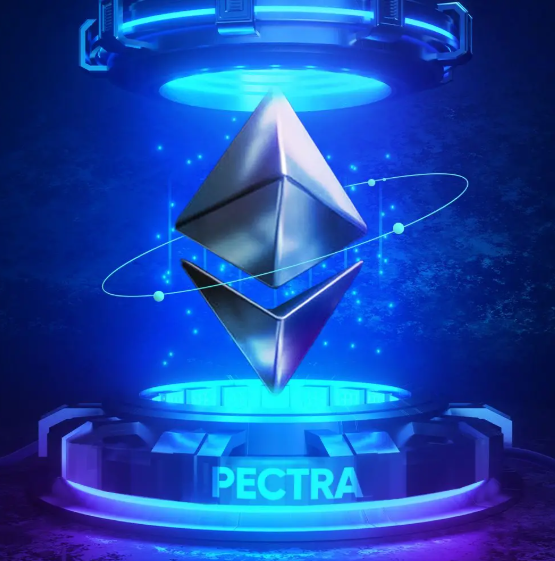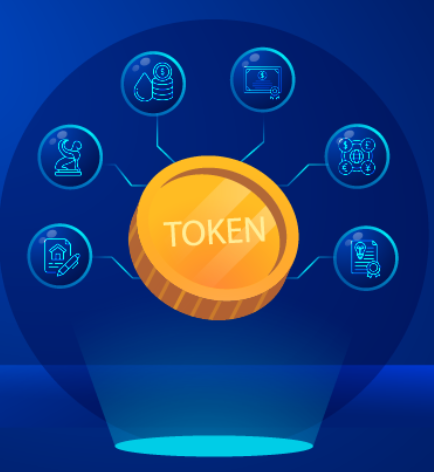
Tokenizing real-world assets (RWAs) is reshaping the financial sector by converting tangible and intangible assets into digital tokens using blockchain technology. This process introduces new levels of liquidity, transparency, and accessibility to traditional markets, opening up opportunities for investors and institutions alike. In this article, we will explore the different tokenization models, financial instruments, and regulatory frameworks that shape the current landscape of asset tokenization.
Introduction to Asset Tokenization
The tokenization of real-world assets involves converting the ownership of physical or intellectual property, such as real estate, commodities, or securities, into digital tokens. These tokens are stored on a blockchain, enabling seamless transactions and fractional ownership. Asset tokenization not only enhances liquidity but also democratizes access to high-value assets, making it easier for investors to diversify their portfolios.
As the Web3 space grows, understanding tokenization models, their benefits, and the challenges they present is crucial for investors, developers, and legal professionals.
Key Tokenization Models
Tokenization can be broadly categorized into three primary models:
1. Fungible Tokens (ERC-20 Standard)
Fungible tokens are identical and interchangeable, making them ideal for assets where each unit holds equal value.
- How It Works: Tokenized assets are pooled, and the tokens represent fractional ownership. ERC-20 tokens are often used, ensuring broad compatibility with decentralized and centralized exchanges.
- Benefits: Fungible tokens are highly liquid, easy to trade, and cost-efficient.
- Drawbacks: They provide limited asset-specific details and are unsuitable for unique or diverse assets.
- Examples: Stablecoins (e.g., USDC), commodity-backed tokens like PAX Gold.
2. Non-Fungible Tokens (ERC-721 Standard)
Non-fungible tokens (NFTs) are unique and not interchangeable, perfect for assets with distinct qualities.
- How It Works: Each token represents a unique asset with specific attributes encoded in the token’s metadata. This can include items like real estate or art.
- Benefits: NFTs offer transparency and enable tracking of provenance and ownership.
- Drawbacks: Lower liquidity compared to fungible tokens, with more complex valuation and higher costs.
- Examples: Real estate NFTs, collectible digital art.
3. Hybrid Tokenization (ERC-1155 Standard)
Hybrid tokenization blends fungible and non-fungible elements, allowing for more versatile asset representation.
- How It Works: Some units of an asset are fungible, while others have unique characteristics. ERC-1155 tokens allow for the efficient minting and trading of both types.
- Benefits: This model offers flexibility and reduced transaction fees while improving liquidity and interoperability.
- Drawbacks: Governance and regulatory complexities arise from the mixed nature of the tokens.
- Examples: Fractionalized real estate portfolios, gaming assets.
Advanced Token Standards and Regulatory Compliance
Several token standards have been developed to address the specific needs of asset tokenization while ensuring compliance with legal frameworks.
1. ERC-3643 (Regulated Token Standard)
Designed for security tokens, ERC-3643 integrates built-in compliance and verification mechanisms such as KYC (Know Your Customer) and AML (Anti-Money Laundering) processes.
- Pros: Simplifies regulatory compliance and supports securities tokenization.
- Cons: Implementation complexity and limited ecosystem support.
2. ERC-4626 (Tokenized Vault Standard)
This standard is geared towards yield-bearing assets or vault-based financial products in decentralized finance (DeFi).
- Pros: Promotes composability and integration with DeFi protocols.
- Cons: Primarily focused on DeFi, requiring adaptations for non-financial assets.
3. ERC-1400 (Security Token Standard)
Optimized for tokenized securities, ERC-1400 enables granular control over investor rights, including voting and dividends.
- Pros: Supports securities and ensures transparency and compliance.
- Cons: Higher deployment complexity and regulatory constraints.
Core Financial Instruments for Tokenization
Tokenization is also driving the development of new financial instruments that leverage blockchain technology for enhanced operational efficiency.
1. Security Token Offerings (STOs)
STOs offer a blockchain-based method for raising capital by issuing tokenized securities, such as equities or bonds, to compliant investors.
- Benefits: STOs streamline fundraising, ensure regulatory compliance, and enhance liquidity by allowing fractional ownership.
- Challenges: Legal and compliance costs, complex multi-jurisdictional regulations.
2. Asset-Backed Tokens (ABTs)
ABTs represent fractional ownership in tangible or financial assets, such as real estate or commodities, enhancing liquidity and investment access.
- Benefits: Increased transparency and liquidity, as well as automated dividend or interest distributions.
- Challenges: Reliance on off-chain custodians and auditing, complex cross-border regulations.
3. Special Purpose Vehicles (SPVs)
SPVs are entities created to manage specific assets, often used in tokenization to isolate liabilities and clarify ownership structures.
- Benefits: Provides legal clarity and liability protection for token holders, facilitating institutional investment.
- Challenges: High setup costs and complex regulatory compliance, especially for international assets.
4. Decentralized Autonomous Organizations (DAOs)
DAOs use blockchain governance mechanisms to allow decentralized management of tokenized assets.
- Benefits: Transparent and democratic decision-making, low operational costs.
- Challenges: Regulatory uncertainties and governance complexities, including voter engagement and consensus building.
5. Tokenized Debt Instruments
Tokenizing debt securities such as loans, bonds, or mortgages enhances their liquidity and offers fractional investment opportunities.
- Benefits: Streamlined issuance and enhanced transparency.
- Challenges: Ongoing creditworthiness assessments and regulatory compliance for debt instruments.
Regulatory Considerations in Asset Tokenization
As the tokenization of real-world assets grows, navigating the legal and regulatory landscape becomes critical.
- MiCA (Markets in Crypto-Assets, EU): Provides clarity on crypto-asset regulation, particularly for asset-backed tokens.
- Regulation D & S (USA): Supports tokenization for accredited and international investors.
- MiFID II (EU): Ensures transparency and investor protection in securities-related token offerings.
- Global Regulatory Frameworks: Countries like Singapore and Switzerland provide clear regulatory frameworks that support compliant tokenization.
Conclusion
The tokenization of real-world assets offers numerous advantages, from enhanced liquidity to increased transparency and democratized investment opportunities. As this market evolves, understanding the different tokenization models, financial instruments, and regulatory frameworks is essential for stakeholders to navigate this complex but promising space. By carefully considering the regulatory environment and choosing the appropriate tokenization structure, investors and developers can unlock the full potential of blockchain technology in asset management and financial markets.





